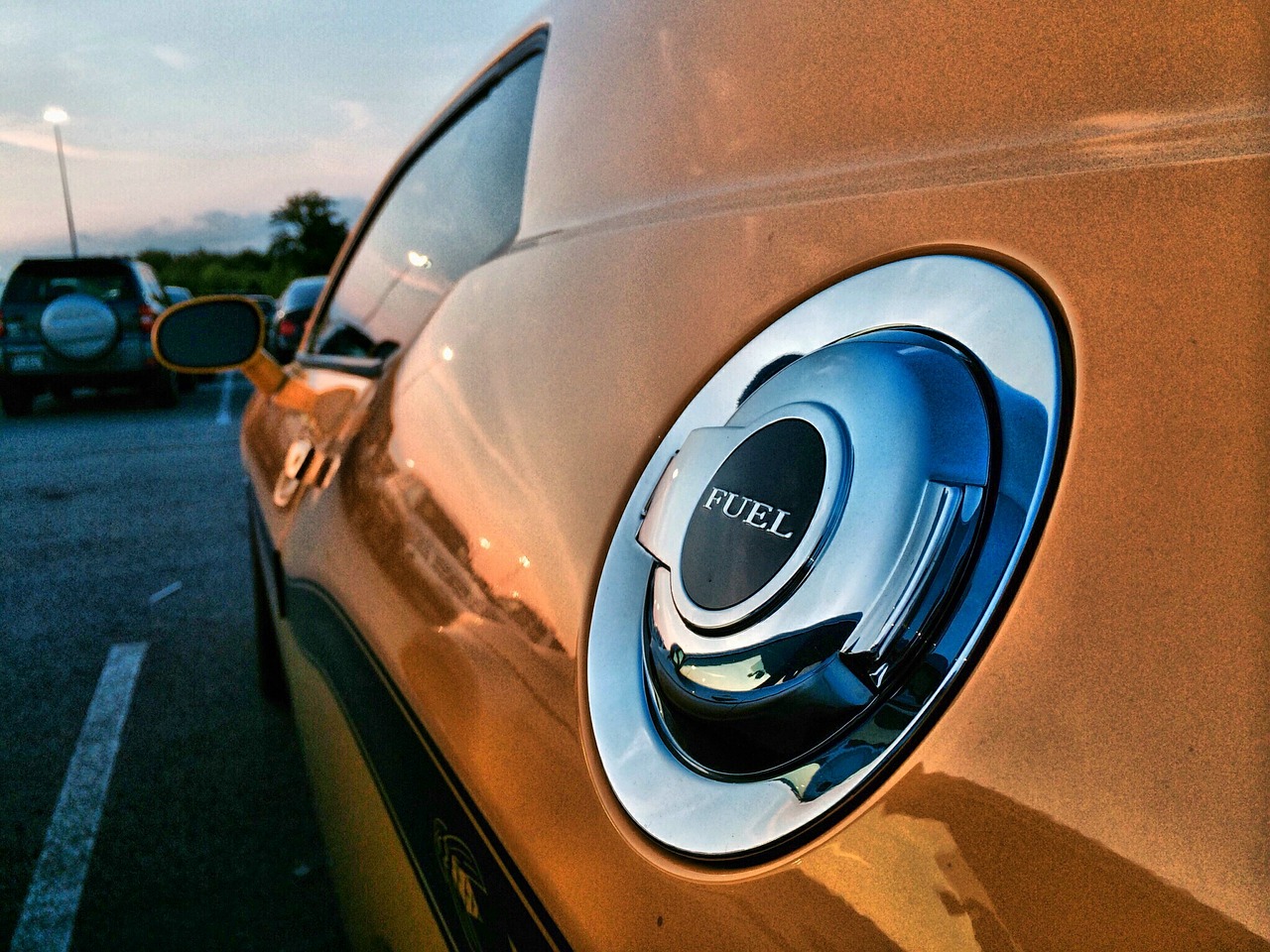
As gas prices continue to increase and the state of our environment remains a hot topic, our automotive fuel economy matters. So, with that in mind, what is fuel economy? It’s the relationship between distance travelled in a car and the amount of fuel consumed.
Not all cars are built the same in terms of fuel efficiency. Finding the right vehicle, with the optimal fuel consumption will not only save you money – as much as $1,400 per year – but also reduce your carbon footprint. If every driver understands how much fuel is required per commute and operates a vehicle within their consumption needs, they’d be setting themselves up for a more affordable and healthier driving experience.
Testing Standards
The first fuel economy testing took place in 1972, conducted by the U.S. Environmental Protection Agency, during a time when gas prices only cost 35 cents. The cars tested were put through a scenario simulating a rush hour in Los Angeles, with each car travelling at an average speed of 34 km/h, in an effort to measure exhaust emissions. While this test is still in use today, there are a number of new ones measuring a variety of driving situations. Standards for these tests are different from country to country.
In the U.S., there are two parallel standards. One is the corporate average fuel economy (CAFE) standard, which is a federal regulation to improve fuel economy on cars and light trucks. The National Highway Traffic Safety Association then adopted CAFE, and it has shown results that represented real-world driving conditions. The second standard is the greenhouse gas emission standard, which became effective for models 2012 and up.
Passenger vehicles in the European Union also have to go through standardized testing. The test has two driving cycles and are reported as “urban” and “extra-urban.” In the urban economy test, a car must go through a 4.1-km drive across an urban area at an average speed of 18.7 km/h. The extra-urban economy test lasts only 400 seconds, but the vehicle travels at an average speed of 62.6 km/h with top speed of 120 km/h.
How Vehicles are Tested in Canada
In Canada, the five-cycle fuel economy test is designed to better approximate regular driving conditions. As traffic is often stop-and-go, gas consumption varies while idling and in motion. The five-cycle testing lasts approximately 31 minutes with the car travelling at an average of 34 km/h, while making 23 stops along the way.
In order to keep things authentic, the car tested begins with a cold engine, similar to when a vehicle starts after a night in a parking lot. The test is then broken down into five categories: city test parameters, highway test parameters, cold temperature test parameters, air conditioning test parameters and high-speed/quick acceleration test parameters.
How Accurate are the Results?
According to the AAA, 1/3 American drivers doubt the fuel economy rating, and rightly so.
Because every driver goes through different driving conditions with different driving behaviours, fuel economy will ultimately vary from person to person, even if they have the same car.
Accelerating quickly or braking aggressively can lower your fuel economy by up to 33 per cent. Cold weather and driving at high speeds, creating aerodynamic drag, can also decrease a car’s overall fuel economy. If you want to drive more efficiently, think of your vehicle’s momentum, keep to the speed limit, avoid excess idling and remove extra weight from the car.
Fuel economy ratings are better suited for comparing different vehicles, rather than different drivers. It is more useful in the car buying process than in day-to-day evaluation.
Most Fuel-Efficient Vehicles
With all the talk about fuel economy, let’s look at some of the most fuel-efficient vehicles on the market. According to National Resource Canada, in a ranking comparing different classes of vehicles with the lowest combined fuel consumption rating (55 per cent city and 45 per cent highway), the most fuel-efficient vehicles of 2015 are:
Compact: Ford Focus Electric
(44.64 km/L combined)
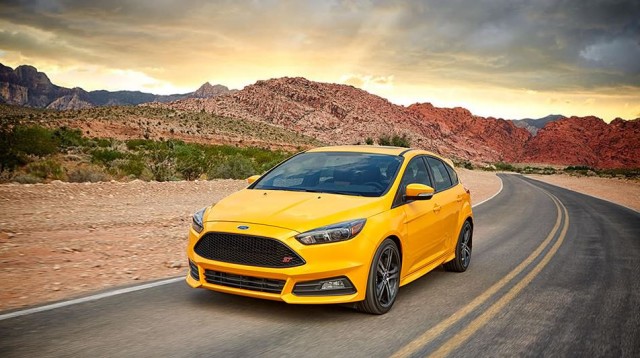
Mid-size: Nissan Leaf
(48.47 km/L combined)
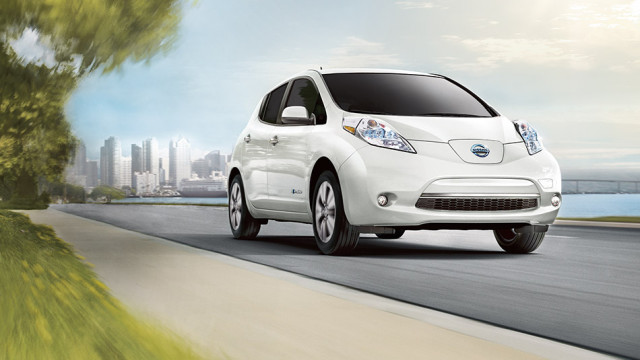
Full-size: Tesla Model S 70D
(42.94 km/L combined)
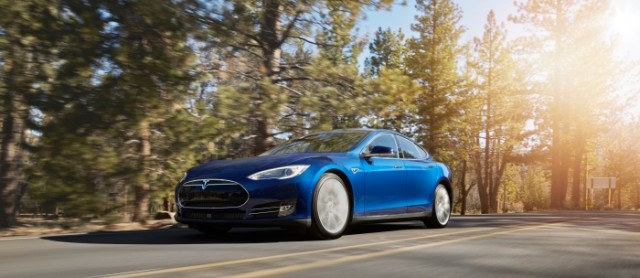
Pickup Truck (Standard): Ram 1500 EcoDiesel HFE
(9.778 km/L combined)
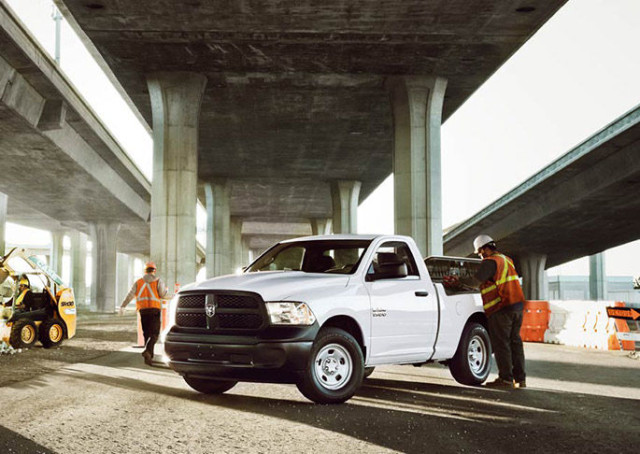
SUV (Standard): Toyota Highlander Hybrid AWD LE
(11.9 km/L combined)







